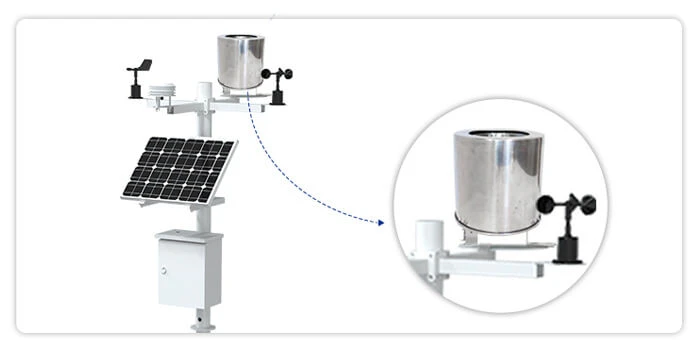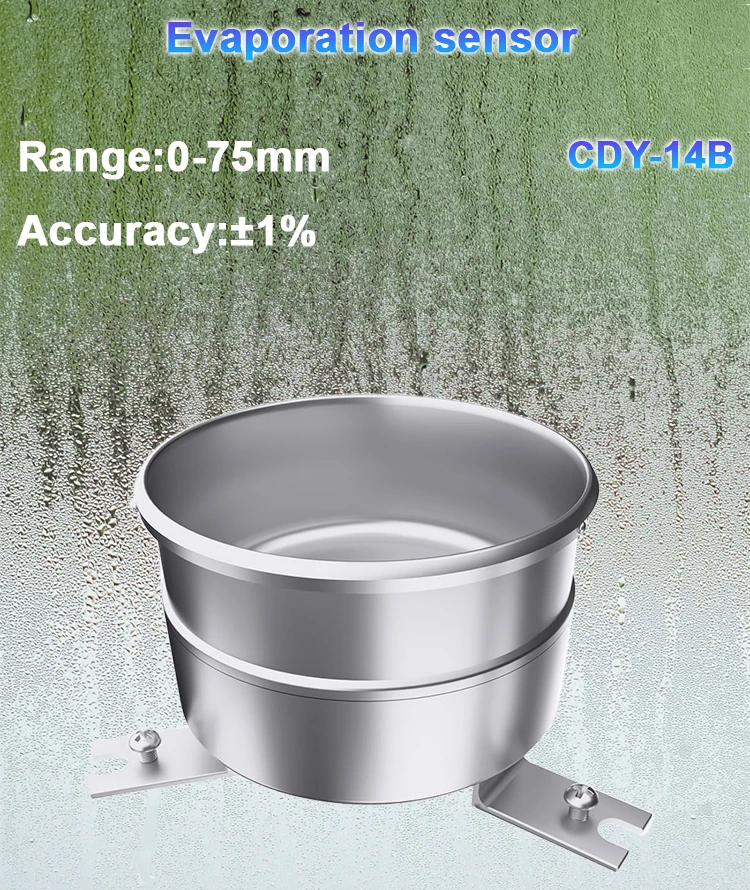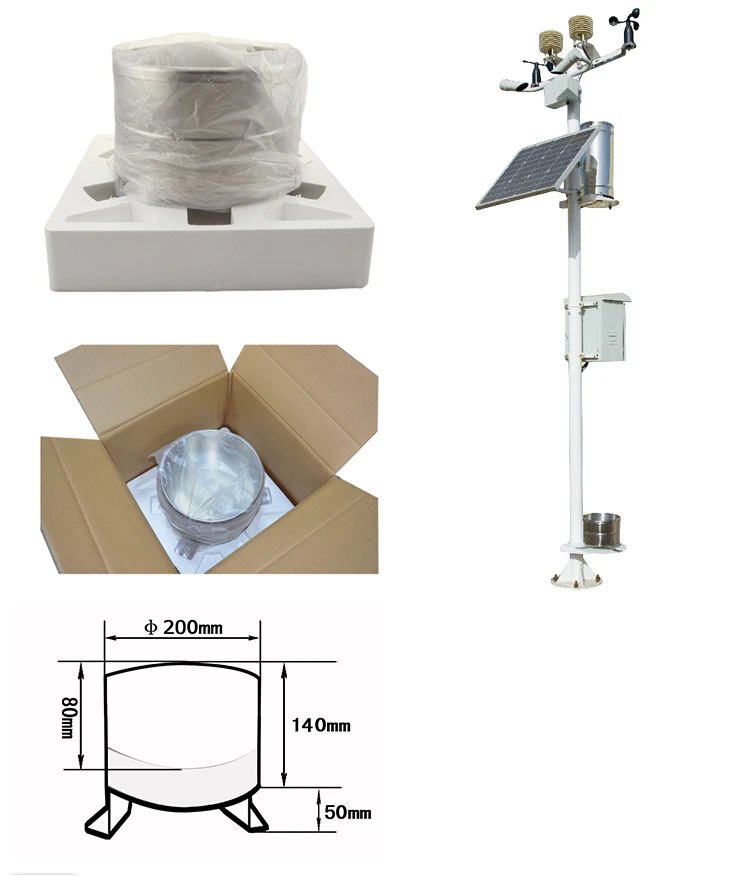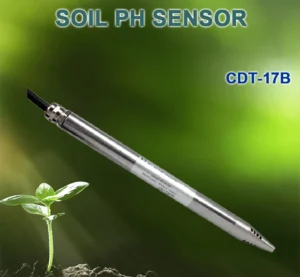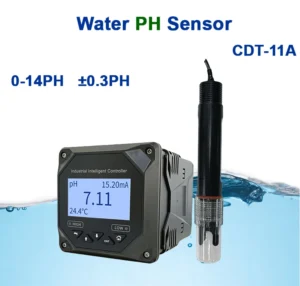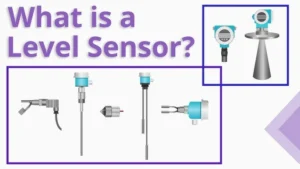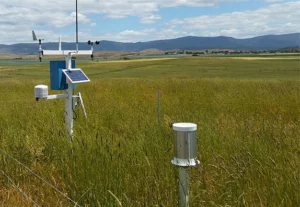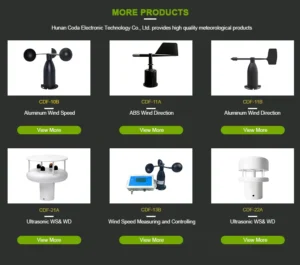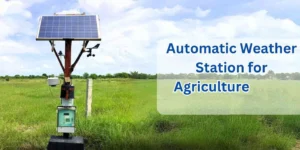Principle and Application of Evaporation Sensors
China’s expansive territory, varied topography, and diverse climatic conditions lead to significant regional climate differences. Yet, under the influence of global warming, certain climatic trends across these regions remain consistent. For instance, overall evaporation levels in many areas of the country are on the rise. Evaporation sensors plays a dual role as a critical component of both the surface heat balance and water cycle. It’s particularly sensitive to influences such as land use changes and shifting climatic conditions. Furthermore, evaporation significantly contributes to heat exchange processes.
What is Evaporation?
Evaporation is when water changes from liquid or solid to gas. It then moves into the atmosphere. Researchers measure it as the amount of water that evaporates and spreads into the air over a set time. This measurement is usually shown in millimeters. It represents how thick the layer of evaporated water is, whether from a water surface or soil.
The implications of evaporation are most evident in agricultural production and daily life. Understanding variations in evaporation is essential for studying climate change and analyzing shifts in the water cycle. In real life, this knowledge helps in many areas. It improves water management and climate modeling. It also aids in farming irrigation and soil health for forestry and farming. Additionally, it contributes to designing water-saving infrastructure.
The Role of Evaporation Sensors
Evaporation is a critical meteorological parameter across many domains, particularly in agriculture. However, due to its intangible nature, measuring evaporation precisely requires specialized tools like evaporation sensors. Below is an overview of their principles, significance, and functionality.
1. Principle and Definition of an Evaporation Sensor
An evaporation sensor measures variations in surface water evaporation over specific time frames. It has wide-ranging applicability in sectors such as agriculture, forestry, seed cultivation, geological surveys, and scientific research. You can connect these sensors to data collection devices. This allows for automatic monitoring of evaporation processes. You can also link them to storage systems to keep track of data over time.
They use evaporation sensors and rainfall sensors. These sensors work with data transmission units. This setup allows them to monitor evaporation and rainfall patterns from a distance. Furthermore, meteorological setups like weather stations, evaporation stations, rainfall monitoring sites, and environmental monitoring systems commonly employ such sensors.
2. The Importance of Studying Evaporation
Monitoring evaporation changes is key to understanding broader climate patterns and shifts within the water cycle. In modern irrigation systems, evaporation sensors have become essential for optimizing water use. These sensors stop extra irrigation when the weather is bad. This includes times of rain, strong winds, or when the soil is already wet. This helps manage water use wisely.
Evaporation research helps make important choices in managing water resources. It aids in designing better irrigation systems. It also helps plan water storage solutions. Additionally, it improves soil conditions for farming, forestry, and raising animals. This research is useful for creating irrigation schedules and studying ways to resist drought.
3. Working Principle of an Evaporation Sensor
Evaporation sensors function based on pressure measurement principles. They measure evaporation by checking the weight changes of liquid in an evaporating dish. Then, they convert this into the height of water that has evaporated. Unlike ultrasonic height sensors, pressure-based sensors are more reliable. Ultrasonic sensors can be inaccurate in icy conditions and may not work well in dry weather. In contrast, pressure-based sensors perform well in various environments. The design also resists damage caused by extreme low-water or freezing situations.
Applications in Agriculture
In agricultural water management, irrigation is like an “income” for the farmland. Evaporation is its main “expense.” Monitoring evaporation levels is important for planning water storage and supply. It also helps us understand how much water crops need.
Evaporation directly impacts planting systems, cultivation techniques, and crop growth conditions. Researchers can use data from evaporation sensors to enhance water efficiency in agriculture through local evaporation metrics. This helps farmers decide when to water their crops or stop irrigation. This supports better crop growth and sustainability.
By using advanced technologies like evaporation sensors in farming or environmental studies, people can manage resources better. This helps them adapt to the changing challenges of climate change.
